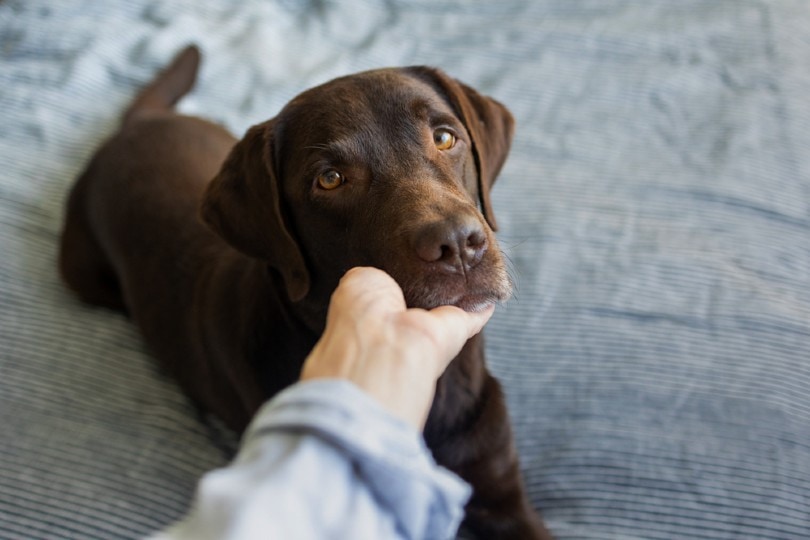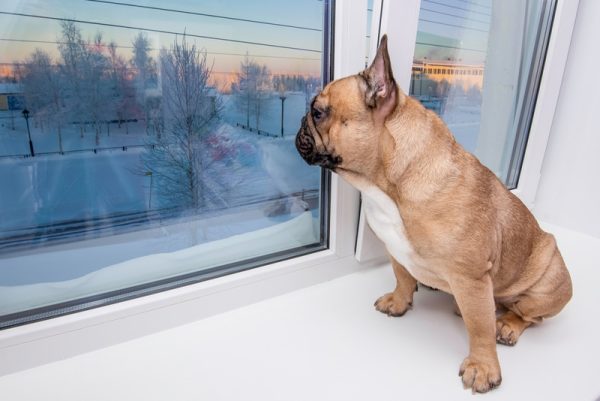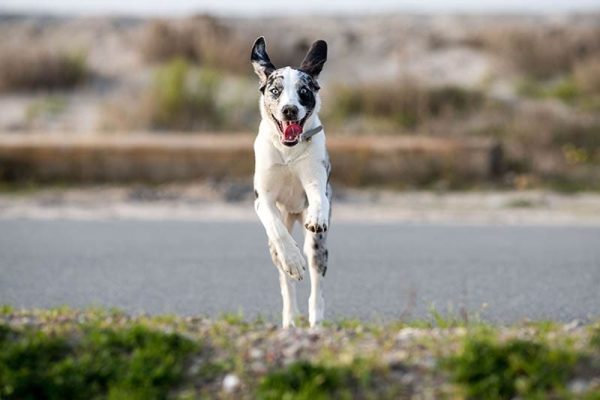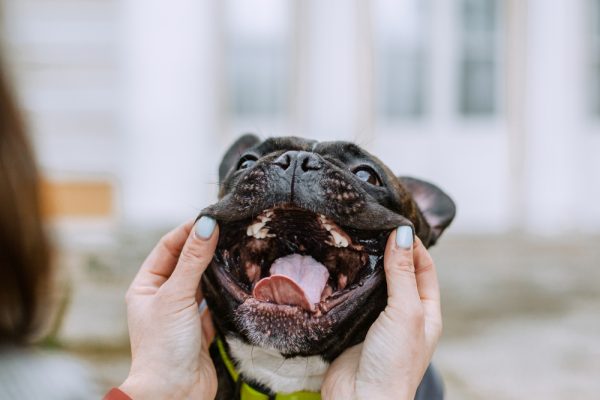In this article
View 3 More +As humans, we are all too familiar with stress, and perhaps we have become slightly desensitized, making it difficult to recognize it in ourselves, our friends and family, and even in our pets. All dog owners want the best for their companions, but sometimes, some seemingly insignificant habits and situations can stress your dog out.
By learning to pay attention to your dog’s behavior and recognize stress triggers, you can avoid stressful situations in the future or know that your dog needs some comfort or time out.
Stress triggers can be classified into three categories: environmental, social, and physical factors. In this article, we’ll examine the stress triggers in these categories, so you can better understand what stresses your dog out.

How to Tell If Your Dog is Stressed
Being able to tell if your dog is stressed is vital in helping you determine what has caused the stress, which can help you remedy it. Anxiety in your dog can range from mild to severe, but knowing the signs can help you determine how stressed your companion is.
Before looking for signs of stress in your dog, you should first learn your dog’s everyday body language and create a benchmark for comparison.
- Shaking and pacing
- Drooling, licking, and panting
- Intensified vocalization
- Dilated pupils and looking startled
- Rigid body and tucked tail
- Shedding
- Urinating
- Hiding
- Aggressive and destructive behavior

Environmental Stress Triggers
1. Loud Noises
Noise-related stress triggers are usually the most common with dogs because they have sensitive hearing. Loud and sudden noises can stress a dog out as it is unfamiliar with a sound and sounds louder and closer to your dog than it does to you. You may have noticed your dog run to the door or window if it hears a noise or other animal outside.
If another animal is present, it can become territorial, and the sounds may frighten your dog and cause anxiety. Thunderstorms and fireworks that go on for a while are particularly stressful for a dog as the continuous and amplified sound is a high-stress trigger.

2. Unfamiliar Scents
Not only do dogs have an amazing sense of hearing, but their sense of smell is exceptional as well. Their incredible sense of smell enables them to trace the scent of a new human or animal in their environment long after it has left. As we know, dogs are territorial animals, which means that the lingering scent can be unsettling.
This is why places such as veterinary clinics can be stressful for your dog; other than the car trip and the new surroundings, your dog can pick up the pheromones of other animals around, which can elevate stress levels.
3. Moving
Moving to a new home can also be a stress trigger for your dog as it finds itself in a new environment with new surroundings and a change in routine. Not only is the new environment a trigger for stress but so is the car ride, as it is a new and unfamiliar place.

Social Stress Triggers
4. Leaving Your Dog at Home
At some point, we all must leave our dogs at home longer than we want, but while busy and distracted, your dog may feel stressed as it is used to having company. Many dogs also suffer from separation anxiety when left alone at home, and in extreme cases, it can lead to destructive behavior.
It’s hard to be at home with your dog all the time, but if possible, try not to leave them alone for longer than 6–8 hours. Before leaving home, ensure your dog has water to drink and some toys to keep it occupied. As dog owners, we tend to make a big fuss when we leave and arrive home, but we don’t realize that it can cause more stress for dogs.
Try not to pay too much attention to your dog for about 20 minutes before you leave, and wait for it to calm down before saying hello. This will help to decrease anxiety when you leave.

5. Meeting New People or Pets
Your dog may need time to warm up to new people or pets. They can be territorial, so their instinct will protect their owner and territory when there is a new person or animal. Have patience and allow your dog to take as long as it needs.
It will sniff around and become familiar with the new smells, and on its own time, your dog will start to feel more comfortable. If you force the situation, it may stress your dog out.
6. Having Inconsistent Rules or Boundaries
Dogs thrive when following a routine, and when it is disrupted, it can cause them to become stressed. For example, if you allow your dog to sleep at the bottom of your bed for a few nights and then reprimand it the following week for jumping on your bed, your dog may become stressed when it can’t anticipate your reaction.
Consistency is critical, so when you set boundaries, you must stick to them.

Physical Stress Triggers
7. Overly Affectionate Owners
It can be hard to resist holding tight when embracing your dog, but that tight embrace can make your dog anxious. As much as they love affection and hugs, they don’t like to be held very tightly. An unexpected cuddle can also be stressful for an older dog if they lose their eyesight or hearing, as they can become startled.
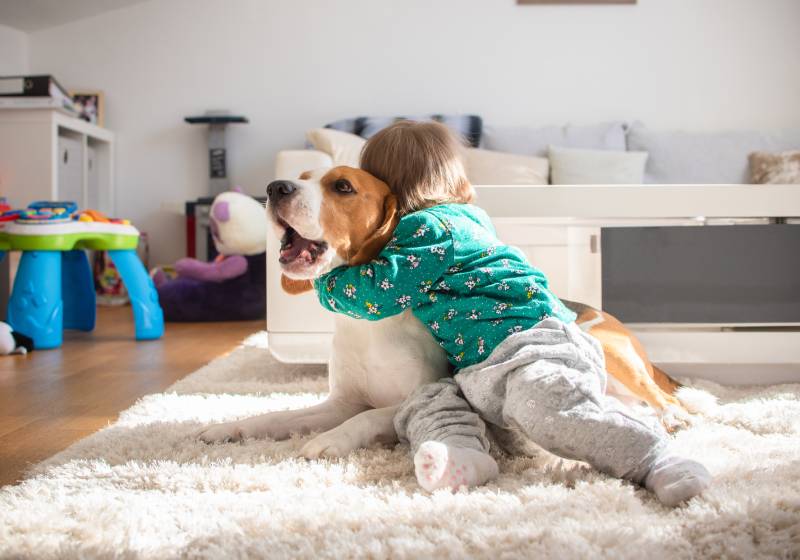
8. Smoking Near Your Dog
Dogs have an amazing sense of smell, and a scent that may not seem overpowering to us may be uncomfortable for your dog. Not only is tobacco smoke an intense smell for your dog to be exposed to, but it can put your dog at risk for eye infections, respiratory issues, and allergies.
9. Pulling Your Dog’s Leash
Dogs are naturally curious, and if you are walking your dog on a leash, they may occasionally stop to sniff their surroundings. Sniffing allows them to become familiar with things around them, and if you pull and tug at their leash, it can stress them out.
It may also be a physical discomfort, as you can imagine, which can lead to stress. Be mindful of this next time you take your dog for a walk, and be patient while your dog is being curious.
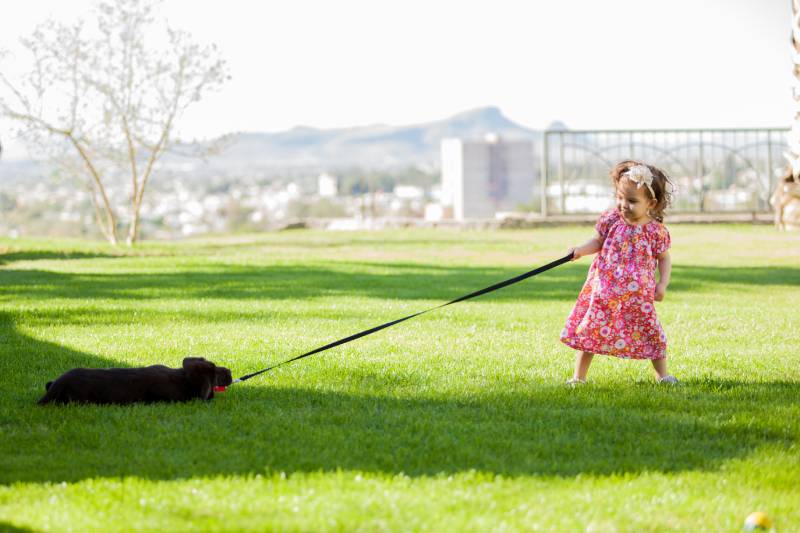
10. Playing Dress Up
As entertaining as it is for dog owners, and as cute as your dog may look dressed up as a superhero or pumpkin for Halloween, it can be a stressful experience for some of them. If the costume is tight or heavy, they can feel constricted. It’s unnatural for them, so it may take some time to get used to.
If you enjoy dressing up your dog for parties or occasions, consider something minimal and very lightweight if you know your dog can become stressed. Take time to desensitize your dog to it and wear it for progressively longer periods. Be especially cautious of any clothing that prevents a dog from relieving itself.

How to Calm Your Stressed Dog
There are several things you can do to help prevent your dog’s anxiety and to help a dog that is already stressed:
- It’s vital to remain calm when comforting your dog as they can sense if you are stressed.
- Remove the stress trigger as soon as you notice your dog is stressed.
- If you know that your dog is easily stressed, avoid stressful situations, but if it is unavoidable, take steps to ease any anxiety.
- Desensitizing your dog to a particular stress trigger, such as a loud noise, can help your dog be less affected by it in the future.
- Consistent training will strengthen communication between you and your dog and instill confidence and trust in a stressful situation.
- Make sure your dog gets enough exercise, so it has no pent-up energy. Endorphins released during exercise also have stress-relieving benefits.
- Consider calming products if your dog tends to get easily stressed out. Talk to a vet about the best option for your dog.
Did you know you can speak to a veterinarian without having to travel? Just head over to PangoVet. It's an online service where you can talk to a vet online and get the advice you need for your pet — all at an affordable price!


Conclusion
It’s true! Our dogs can become stressed out, just like we can. While removing all stress from your dog’s life is impossible, you can help improve their life by paying attention to their behavior and recognizing and managing their stress. Some things that may not seem such a big deal for you can be a big deal for your dog.
We hope this guide helps you identify when your friend is feeling stressed out, so you can take quick action to support and comfort your dog and help prevent a stressful episode.
See also:
Featured Image Credit: My July, Shutterstock

